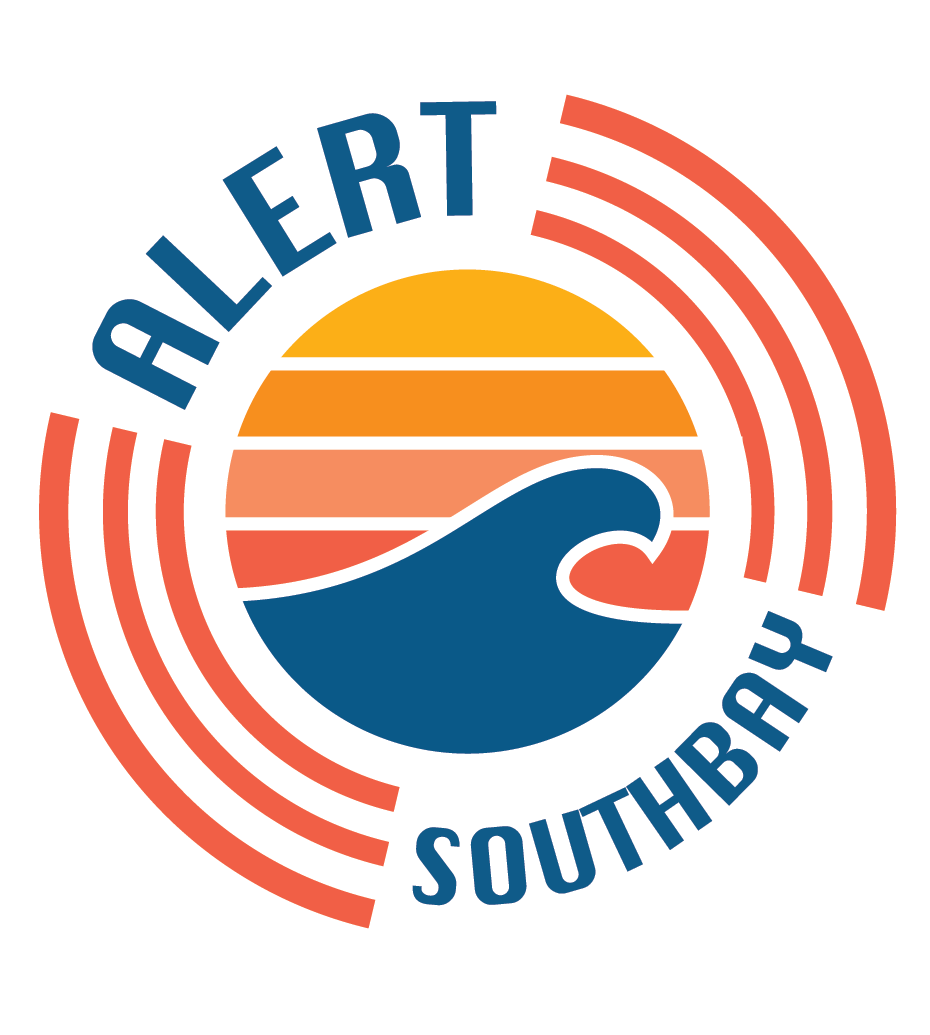REGIONAL MESSAGE ON COVID-19 THREAT ALERT SOUTHBAY CITIES
JOINT INFORMATION CENTER
KEY MESSAGES
POST TRAVEL QUARANTINE REQUIREMENT
On December 30, the Los Angeles County Department of Public Health revised the Temporary Targeted Safer at Home Health Officer Order to include a Mandatory Directive on Travel (Appendix W).
Persons arriving in Los Angeles County from anywhere outside of the Southern California Region on or from non-essential travel, including returning Los Angeles County residents, must self-quarantine for ten days after arrival. This is very important and will help ensure that you are not potentially or unwittingly transmitting the virus to others.
Quarantine may end after Day 10 if travelers never had any symptoms. They should continue to monitor themselves for COVID-19 symptoms for 14 days after arrival.
If they develop symptoms or test positive for COVID-19 during the quarantine period, they must isolate as required. Your isolation period begins from the onset of symptoms or if you test positive, from the date of your positive test, whichever falls sooner.
The Southern California Region is Imperial, Inyo, Los Angeles, Mono, Orange, Riverside, San Bernardino, San Diego, San Luis Obispo, Santa Barbara, and Ventura County.
QUARANTINING AND SELF-ISOLATION 101
COVID-19 cases are rising in LA County. If you are traveling into LA County, were in a gathering without face coverings or distancing, or around someone positive for COVID-19, please self-quarantine. It will protect your friends and family from getting infected.
VACCINE DISTRIBUTION PHASES IN LA COUNTY
Due to the limited supply, vaccine distribution will be phased across populations. The Centers for Disease Control and Prevention (CDC) provides guidance for allocating vaccines. The State health department reviews and finalizes these recommendations for the county to follow.
Los Angeles County is currently in Phase 1A (frontline healthcare workers and residents at long-term care facilities).
Vaccinating Phase 1B will start in early February, assuming an adequate supply of the vaccine. There are two tiers in Phase 1B.
Tier 1: individuals 75 and older and those at risk of exposure in education, childcare, emergency services, and food and agriculture
Tier 2: persons between the ages of 65 and 74, those at risk of exposure if you work in transportation and logistics; in industrial, commercial and residential and sheltering facilities and services; in critical manufacturing; and congregate settings with outbreak risk including homeless and incarcerated.
To view the vaccination Tiers, please click here.

